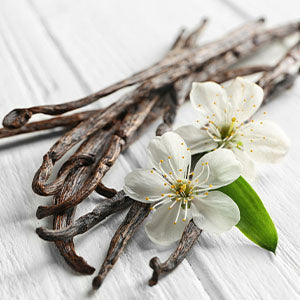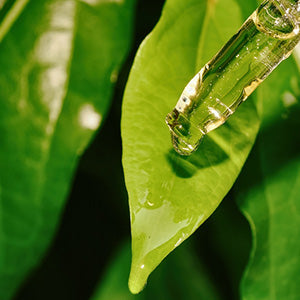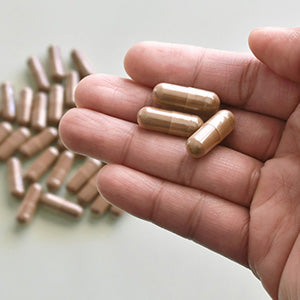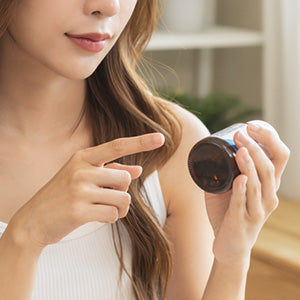3 Known Contributors to Autism
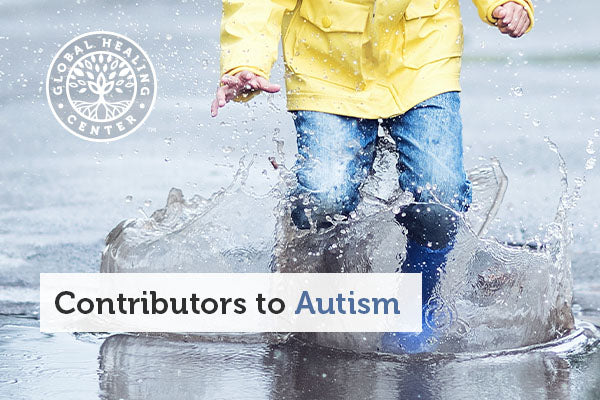
Cases of autism have risen exponentially in recent years, and researchers are scrambling to find better ways of dealing with the disorder. There has been a 30% increase just within the past two years, [1] suggesting that there are modern risk factors possibly contributing to the developmental disorder. Despite advances in technology and medicine, autism has no cure, partly because there is no known cause.
3 Contributors to Autism
Autism is a complicated disorder that contains a host of contributing factors. There doesn’t seem to be one precise cause to the disorder, but some of the biggest risk factors include genetics, toxins, and birthing techniques. Here are three of the top contributors to autism:
1. Genetics
When it comes to any disease state, genetics are often the culprits behind development. Genetics are just one of the contributors to autism, and it’s a strong one. A recent study has found over 100 mutated genes may be implicated in autism development, and at least 30% of autism cases are likely caused by these genetic mutations. [2] While researchers aren’t sure as to how this identification can help treat current autistic patients or prevent new cases, there are some clues. Antioxidants may protect against DNA mutations, according to some research, which may help protect future offspring. [3]
2. Pollution
Our air and our food is heavily polluted, and it’s almost impossible to find a completely pristine environment in today’s toxic world. Traffic pollution is something most of us are exposed to on a daily basis, and research is showing that this pollution may be contributing to autism rates. [4] A woman exposed to heavy traffic pollution during her third trimester has a greater chance of having a baby with autism than mothers exposed to lower amounts. Other toxins, like PBDEs, also show a link to autism. [5]
3. C-Sections?
A Caesarean birth, or C-section, is often performed for medical reasons or upon request, and 1 out of 3 children the United States are delivered using this method. Unfortunately, a C-section also increases autism risk, at least that’s what some researchers believe. [6] Still, there is plenty of research to be examined in the case of C-sections and autism risk. Natural births may be more helpful for delivering a healthy baby and keeping the mother free from toxic anesthesia.
One Final Thought
Pregnant women should be highly aware of their environment at all times, making sure they are eliminating toxins from their environment and their food. Men may also need to keep their health in check as to protect sperm; however, there is no proof that this can help reduce incidence of children born with autism. Keeping infants away from high levels of pollution and chemicals is also key for protecting their developing brain. In addition, it may be best for expecting mothers to seek out natural birthing methods.
References (6)
- Miriam Falco. Autism rates now 1 in 68 U.S. children: CDC. CNN.
- Ivan Iossifov, Brian J. O’Roak, Stephan J. Sanders, et al. The contribution of de novo coding mutations to autism spectrum disorder. Nature 515, 216-221. 13 November 2014. doi: 10.1038/nature13908.
- Wei YH, Lee HC. Oxidative stress, mitochondrial DNA mutation, and impairment of antioxidant enzymes in aging. Exp Biol Med (Maywood). 2002 Oct; 227 (9): 671-82.
- Volk HE, Lurmann F, Penfold B, Hertz-Picciotto I, McConnell R. Traffic-related air pollution, particulate matter, and autism. JAMA Psychiatry. 2013 Jan;70(1):71-7. doi: 10.1001/jamapsychiatry.2013.266
- Messer A. Mini-review: polybrominated diphenyl ether (PBDE) flame retardants as potential autism risk factors. Physiol Behav. 2010 Jun 1;100(3): 245-9. doi: 10.1016/j.physbeh.2010.01.011.
- Hannah Gardener, ScD, Donna Spiegelman, ScD, and Stephen L. Buka, ScD. Perinatal and Neonatal Risk Factors for Autism: A Comprehensive Meta-analysis. Pediatrics. Aug 2011; 128(2): 344-355.
†Results may vary. Information and statements made are for education purposes and are not intended to replace the advice of your doctor. If you have a severe medical condition or health concern, see your physician.

Dr. Edward Group, DC
FOUNDER | HEALER | ADVOCATEDr. Group, DC is a healer and alternative health advocate, and an industry leader and innovator in the field of natural health who is dedicated to helping others. He is a registered doctor of chiropractic (DC), a naturopathic practitioner (NP), and proud alum of Harvard Business School and MIT Sloan School of Management. Dr. Group, DC is the founder of Global Healing – a mission and vision he has shared through best-selling books and frequent media appearances. He aims to spread his message of positivity, hope, and wellness throughout the world.
